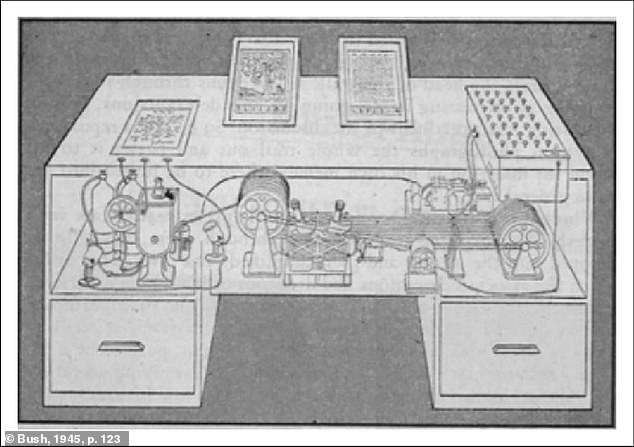
"The Overlooked 80-Year-Old Machine Scientists Claim Holds the Key to Surviving AI"
The Forgotten Machine That Shaped the Internet—And Might Save Us From AI
Today’s digital natives will never experience the agony of hunting through library card catalogs for articles or books. Decades ago, researchers spent hours sifting through index cards sorted by author, title, or subject—a tedious process exacerbated by a post-1940s boom in publications. Without the internet, locating information was laborious. Now, experts argue that a visionary concept from the 1940s—Vannevar Bush’s memex—not only laid the internet’s foundation but also offers lessons for coexisting with AI.
The Birth of the Memex
American engineer Vannevar Bush, who led the U.S. Office of Scientific Research during WWII, envisioned the memex as a desk-sized device to streamline research. In his 1945 essay As We May Think, Bush described it as a tool to store vast amounts of documents on microfilm, displayed on translucent screens. Users could create “associative trails” to link related materials—a concept mirroring today’s hyperlinks.

The memex’s design included microfilm storage and screens for projecting documents.
Hypertext and the Internet’s Roots
Though never built, the memex inspired pioneers like Ted Nelson and Douglas Engelbart, who developed hypertext systems in the 1960s. These systems evolved into the World Wide Web’s backbone. Bush’s idea of associative links allowed users to navigate knowledge seamlessly—replacing index cards with digital connections.

Bush’s memex influenced hypertext, paving the way for modern web browsing.
Bush’s Warning: Machines Should Augment, Not Replace
By 1970, Bush realized technology was straying from his vision. He feared machines might “think for us—or worse, control us.” His concerns echo today as AI tools like ChatGPT handle tasks once requiring critical thinking. Dr. Martin Rudorfer of Aston University warns overdependence on AI risks eroding human skills. Younger generations, he notes, may never learn foundational problem-solving methods if AI does the work.

Bush’s legacy: Enhancing human intellect, not replacing it.
AI’s Double-Edged Sword
While AI boosts efficiency, Rudorfer questions whether it sharpens our skills or fosters complacency. Tools like ChatGPT summarize complex texts instantly, but relying on them might dull independent analysis. Bush’s memex philosophy—augmenting human reasoning rather than supplanting it—reminds us to balance innovation with preserving creativity.

Modern AI tools risk making us passive consumers of information.
Conclusion: Learning From the Past
The memex’s unrealized potential underscores a timeless truth: technology should empower, not overshadow, human intellect. As AI advances, Bush’s vision urges us to build systems that enhance creativity and critical thinking. By valuing human agency alongside innovation, we can ensure machines remain tools—not masters—of our future.
(Word count: ~600)


